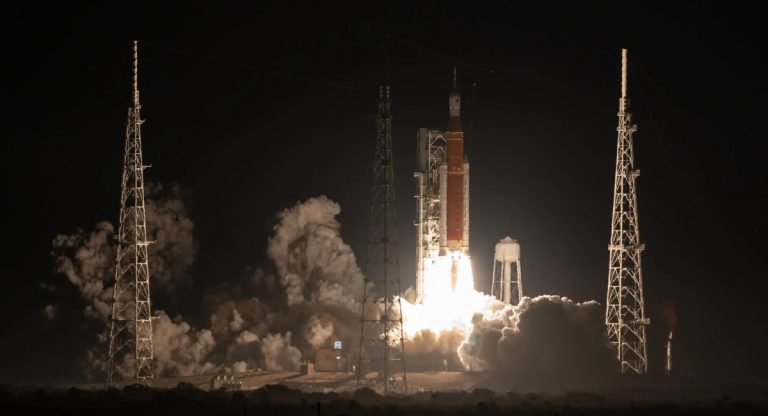“We Already Knew This From the Apollo Program” with Guest David Middleton
NASA's “crash test dummies” Helga and Zohar and an array of radiation instruments have shown that the Artemis spacecraft provides adequate shielding for short-term lunar missions. These measurements were recently published in nature.

The paper is open access and the full text is available free of charge. The summary is as follows:
abstract
Space radiation is a significant hazard of long-term human spaceflight1. Related risks include cancer, cataracts, degenerative diseases2 and tissue reactions resulting from massive, acute exposure.3. Space radiation originates from many sources, including galactic cosmic rays4trapped particle (Van Allen) band5 and solar particle events6. Previous radiation data came from the International Space Station and space shuttles in low Earth orbit, protected by heavy shielding and the Earth's magnetic field7,8 and lightly shielded interplanetary robotic probes such as the Mars Science Laboratory and the Lunar Reconnaissance Orbiter9,10. Limited data from the Apollo missions11,12,13 Ground measurements with extensive caveats are also available14. Here we report radiation measurements from the heavily shielded Orion spacecraft during the unmanned Artemis 1 lunar mission. At different shielding locations inside the vehicle, a fourfold difference in dose rates was observed during the proton belt passage, similar to large reference solar particle events. Orion's interplanetary cosmic ray dose equivalent rate 60% lower than previous observations9. In addition, changes in the spacecraft's orientation during proton belt transit resulted in a reduction in radiation dose rates of approximately 50%. These measurement results verify the effectiveness of Orion's future manned exploration and provide information for the design of future manned space missions.
George et al., 2024
artemis ii
Artemis 2 could launch as early as September 2025.

NASA
Artemis 2 will be the first crewed flight of NASA's deep space exploration system: the Orion spacecraft, the Space Launch System (SLS) rocket and ground systems at the Kennedy Space Center in Cape Canaveral, Florida. During the mission, the four astronauts will confirm that all of the spacecraft's systems are functioning as designed in the actual environment of deep space over the course of the approximately 10-day mission. Artemis 2 flight tests will pave the way for the first woman and next man to land on the moon aboard Artemis 3.
The four-person crew will include:
- Lieutenant Colonel Reed Wiseman
- pilot victor glover
- Mission Specialist Christina Koch
- Mission Specialist Jeremy Hanson

NASA/Kim Shifflett
The SLS rocket will launch from Launch Pad 39B at the Kennedy Space Center.

refer to
George, SP, Gaza, R., Mattia, D. et al. Space radiation measurements during the Artemis 1 lunar mission. nature (2024). https://doi.org/10.1038/s41586-024-07927-7
Just in case you need…

Relevant
